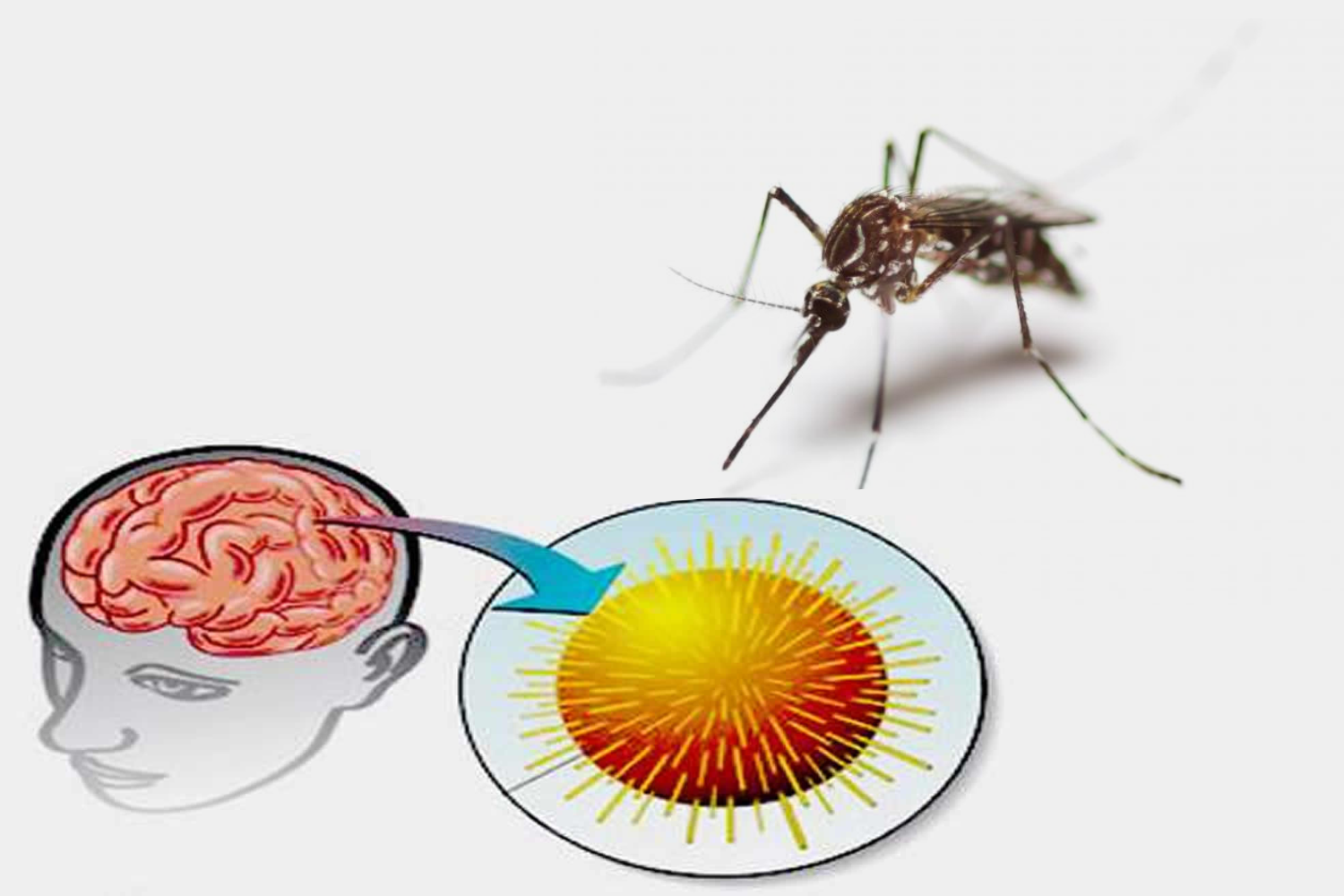Introduction
Japanese Encephalitis (JE) viral disease is a mosquito-borne brain infection disease caused by the Japanese Encephalitis Virus (JEV). The Japanese Encephalitis Virus (JEV) is a flavivirus that belongs to the same genus as the dengue, yellow fever, and West Nile Viruses. Viral Encephalitis disease is common in South East, East, South Asian countries, Western Pacific, Western India, and the Far East. The disease is more prevalent in areas of rice farming and pig farming. Japanese Encephalitis can be classified into systemic or encephalitic and can also be classified into two subtypes: neuroinvasive and non-neuroinvasive based on the neuroinvasiveness of the disease.
Japanese Encephalitis (JE) viral disease can happen to people of any age, but it primarily affects children. The disease follows two epidemiological patterns. In one pattern, the disease becomes epidemic in north Asian temperate climates during May or June and ends around September or October. In the second pattern, the disease is endemic in the southern tropical areas throughout the year. Adults living in endemic regions would have a natural immunity to JEV if they had a previous infection from the virus during their childhood. There are five genotypes of the Japanese Encephalitis Virus (JEV) based on the phylogenetic analysis of the viral envelope “E” gene. JEV is stable in an alkaline pH 7-9 and is sensitive to ultraviolet light and gamma radiation.
This article deals with the cause, mechanism of transmission, risk factors, and symptoms of Japanese Encephalitis Viral Infection. We will cover the Diagnosis and Management of JE in our next article.
Cause and Transmission of Japanese Encephalitis viral disease
The Japanese Encephalitis Viral disease does not transmit from human to human. Instead, it transmits from the bite of an infected Culex species mosquito, particularly Culex tritaeniorhynchus. However, the transmission mechanism is not the same as dengue, malaria, and chikungunya transmission. Humans are dead-end hosts for the encephalitis virus. A person infected with Japanese Encephalitis does not develop sufficient viremia for mosquitoes to get infected with the virus. So, then how does the virus get inside the mosquito’s body and then transmit to humans? The answer is pigs and water birds of the family Ardeidae. Thus the Japanese Encephalitis virus exists in a transmission cycle between mosquitoes, pigs, and water birds. When mosquitoes draw blood from pigs or water birds, the encephalitis virus enters the mosquito’s body, making the mosquito infected and carriers of the viral disease. When infected mosquitoes bite a human, they transmit the encephalitis virus inside the human body leading to Japanese Encephalitis Viral Infection.
Risk Factors for Japanese Encephalitis
The risk factors for Japanese Encephalitis are:
• People who work or live near fish ponds, rice paddies, and grow pigs.
• People inhabit the urban or periurban settings in the Encephalitis endemic regions of Southeast Asia and Western Pacific regions.
• Lack of cleanliness and absence of preventive measures to stop the breeding and aggressive biting of the mosquitoes.
• Birds migrating from encephalitis endemic countries and wind-blown mosquitoes are also the risk factors for the transmission of the Japanese Encephalitis virus.
• Older population
• Children below ten years of age
Symptoms of Japanese Encephalitis
The incubation period for Japanese Encephalitis disease is between four to fourteen days. The symptoms include:
• Mild fever and headache
• Pain in the stomach, vomiting, and seizures in children
In case of severe condition, the person may experience the following symptoms:
• Rapid onset of high fever
• Severe headache
• Neck stiffness
• Coma
• Seizures
• Spastic paralysis ( paralysis with tonic spasm of the affected muscles and increased reflex of the tendon)
• Death
People, who survive the severe condition of the disease, may suffer from health consequences like paralysis, recurrent seizures, or inability to speak.
How to prevent from getting Japanese Encephalitis Viral Infection?
• Keep your surrounding neat and clean. Remove stagnant water and garbage near your house. Call a pest control team every two months and let them sanitize your garden and apartment.
• Stay away from pigs, water birds, and decrease the frequency of visiting rice paddy fields if there is no work.
• Wear full sleeve shirts and trousers when you are outside of your home. Apply 0.5% permethrin to your clothes. However, one should not apply permethrin directly to the skin.
• Use insect repellent creams. EPA–registered insect repellents are even safe for pregnant and breastfeeding women.
• Always use mosquito bed nets to prevent mosquitoes from biting you at night.
• Treatment of Japanese Encephalitis is possible through a vaccine. One should consult their medical practitioner if they can get the JE vaccine.
• Make sure your baby wears proper clothes that cover their entire body.
• Make sure your drainage pits are appropriately covered.
• Always allow sunlight to enter your room and keep your room open for air to pass through. Cover the doors and windows with nets to prevent the entry of mosquitoes.
• Always consult your doctor before applying any essential oil to your skin. Also, before using any product, read the label carefully and follow the advice of your physician.
• Travelers should carry mosquito nets, insect repellent creams, full sleeve shirts, long pants and get a vaccination if eligible before visiting any place endemic with Japanese Encephalitis Viral Infection.
References
- Japanese Encephalitis. Accessed at
https://www.oie.int/app/uploads/2021/03/japanese-encephalitis.pdf - Japanese Encephalitis. Accessed at
https://www.who.int/news-room/fact-sheets/detail/japanese-encephalitis - LIU, W., GIBBONS, R., KARI, K., CLEMENS, J., NISALAK, A., MARKS, F., & XU, Z. (2010). Risk factors for Japanese Encephalitis: A case-control study. Epidemiology and Infection, 138(9), 1292-1297. doi:10.1017/S0950268810000063
- Japanese encephalitis classification. Accessed at
https://www.wikidoc.org/index.php/Japanese_encephalitis_classification - Japanese Encephalitis. Accessed at
https://www.cdc.gov/japaneseencephalitis/prevention/index.html




